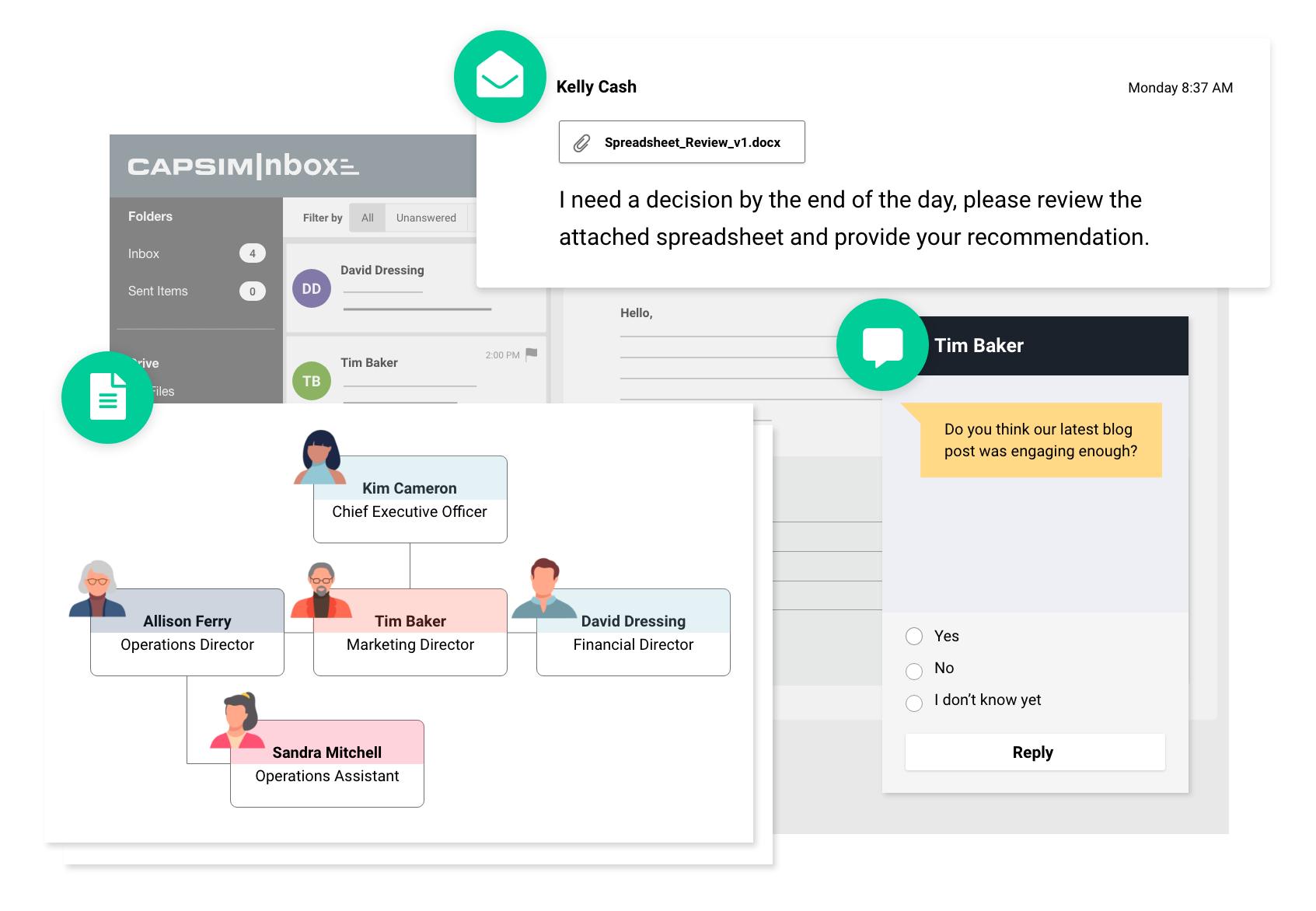4 Differences Between Reskilling and Upskilling (and How to Tackle Each)
February 10, 2022
.jpg)
How enormous was the impact of COVID-19 on workers? The number of workers worldwide requiring reskilling or upskilling increased by nearly 300 million. That’s almost ten percent of all workers in the world.
The effects of the pandemic put enormous pressure on corporate learning and development teams to develop reskilling and upskilling initiatives quickly. It also brought forth a key question: what’s the difference between reskilling and upskilling?
Let’s say you are a marketing manager. Your employees are skilled traditional marketers, but you’ve realized that the old-school marketing methods are becoming obsolete. So, you enroll your employees in online certification courses, teaching them SEO and digital marketing skills. That’s upskilling.
Now, say your organization has realized a gap in your product development team, and one of your marketers shows interest in filling the role. The marketer does not have experience in product development and must learn entirely new skills to succeed in the new role. That’s reskilling because it’s a different job requiring different tools.
So, should you pursue upskilling or reskilling? Which is the right move for your organization based on your company’s goals? Which option can help you achieve desired business results through training? Our focus in this article is to define the differences between upskilling and reskilling and illustrate the ideal use cases for each within your learning and development strategy.
The 4 Differences Between Upskilling and Reskilling
Reskilling and upskilling have become popular buzzwords in boardrooms across the country. Why the sudden focus on this type of training and development?
Interest in reskilling and upskilling has climbed over recent years due to significant changes in our technological and economic environments that have left many workers unemployed and many organizations riddled with talent gaps. COVID-19 only exacerbated these problems.
Related Read: 4 Steps to Create a Skills Gap Analysis Using Simulations
Not only have the economic repercussions of the pandemic wreaked havoc on organizations, but the suddenness with which our work environment shifted made it clear that if your workforce can’t be agile and adaptable, your organization will struggle.
Organizations cannot rely on customer and market demands to remain consistent in the current economic climate. This uncertainty and unpredictability mean you will need a resilient, flexible, and adaptable workforce. In other words, you will need to be prepared to upskill or reskill your workers. If you choose not to, your business will struggle to keep up with the current culture of constant change and development.
Upskilling and reskilling each have their own benefits and ideal use cases. When should you use upskilling, and when should you attempt reskilling? The answer to that question depends upon your company’s goals.
Examine your five-year plan, and as we explore the differences between these two types of employee development, you will be able to determine which method is a better fit for your organization’s future.
Difference #1: Reskilling Focuses on Preparing Employees for New Jobs
Let’s first define reskilling. Reskilling occurs when your employees develop new skills they need to take on a new job function in your organization. This is different from a mid-career crisis in that your employee’s new position will align with their old role but will require additional training and new skills to succeed in the new role.
The key to choosing candidates for reskilling is to examine employees whose current skillset overlaps with the skills needed for the new position. For example, if you have a data entry specialist with strong technical skills, you may choose to reskill them into a data analyst role.
The data entry specialist will need to learn reporting software or SQL to take on this new role. However, their familiarity with the database structure and storage—gained from their time as a data entry specialist—will aid them in learning these new skills.
Difference #2: Upskilling Focuses on Developing New Skills for the Same Role
Like reskilling, upskilling requires employees to learn new information and skills. However, when upskilling employees, you are not training the employee to take on a new role. Upskilling simply provides employees with the tools and knowledge they need to perform their current job more effectively, efficiently, or in a more modern manner.
You can use upskilling to improve job performance or close skill gaps you see developing on your team.
Consider a reporting specialist who is highly skilled in Microsoft Access. If your organization were to implement Tableau or another data visualization software, that reporting specialist would need to be upskilled to continue to succeed in their role.
This upskilling would not change their job title or role. It would simply give them the tools they need to complete their reporting processes in Tableau instead of Microsoft Access.
Difference #3: When to Implement Reskilling
In which situations is reskilling most appropriately used? You can use reskilling for several situations, but one of the most common is the desire to retain reliable, high-performing employees whose roles have become obsolete.
Perhaps your organization has removed a department or sunsetted a key software solution. In either scenario, you will be left with a pool of employees whose original job function with your organization is no longer needed. If you want to retain these employees, you will need to use reskilling to take on another role.
Alternately, your organization may implement a business strategy that shifts personnel from one department to another. For example, a push toward sales might require you to move some customer support specialists into sales support roles. If you wish to retain your current employees instead of going through layoffs and hiring new sales support staff, you will need to reskill those employees for the job change.
Difference #4: When to Implement Upskilling
When might you use upskilling? Upskilling isn’t about teaching employees how to do a new job. It’s about helping them succeed in their current job. Job duties don’t remain stagnant over time, so our workers’ skillsets cannot remain stagnant either.
Upskilling is generally used to help adapt your workforce to new changes in your industry. New technology implementations, for example, are a common reason to upskill your workforce. Your VP of Marketing may have thirty years of experience, but that doesn’t mean they understand how to manage a new CRM tool you’ve just implemented.
You can help your workforce remain confident and knowledgeable in their field of expertise—even as that field changes and develops—by using upskilling.
How do You Tackle Reskilling and Upskilling?
Armed with a better understanding of the differences between reskilling and upskilling, you should have all the tools you need to determine which path is best for your organization. Now only one question remains: How can you best tackle reskilling and upskilling in your company?
Unfortunately, there is no silver bullet solution for reskilling and upskilling. The best method is to use a combination of traditional instruction, on-the-job training methods, and knowledge application to train your workforce.
An important fact to remember when considering upskilling or reskilling your workforce is that you need to consider more than just the hard skills necessary to succeed: Your reskilling and upskilling efforts should include soft skills training and development as well as hard skills training.
Simulations, like the ones available through CapsimInbox, can assist you in your reskilling and upskilling efforts. Simulations provide a controlled, real-world environment ideal for skill assessment, knowledge application, and progress measurement for both hard and soft skills. See the benefits of CapsimInbox for yourself by taking a self-guided demo today!





.png?width=80&name=1-questions%20(1).png)